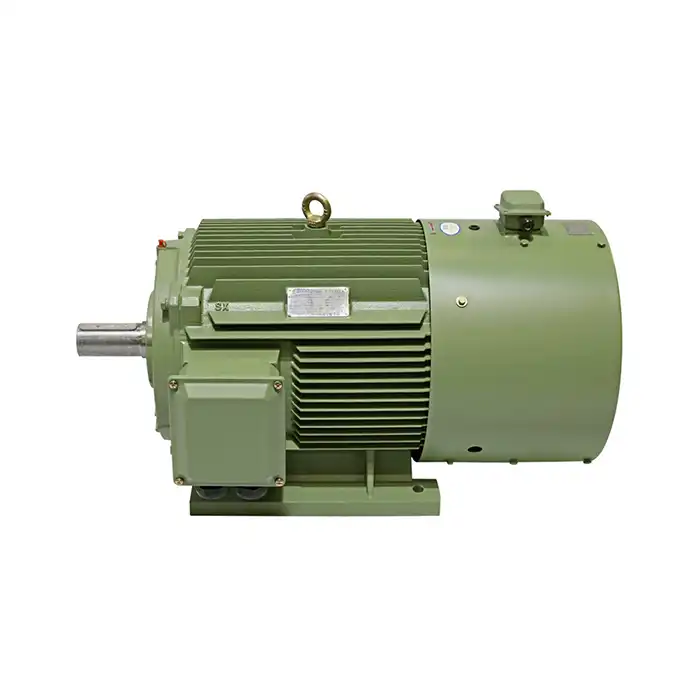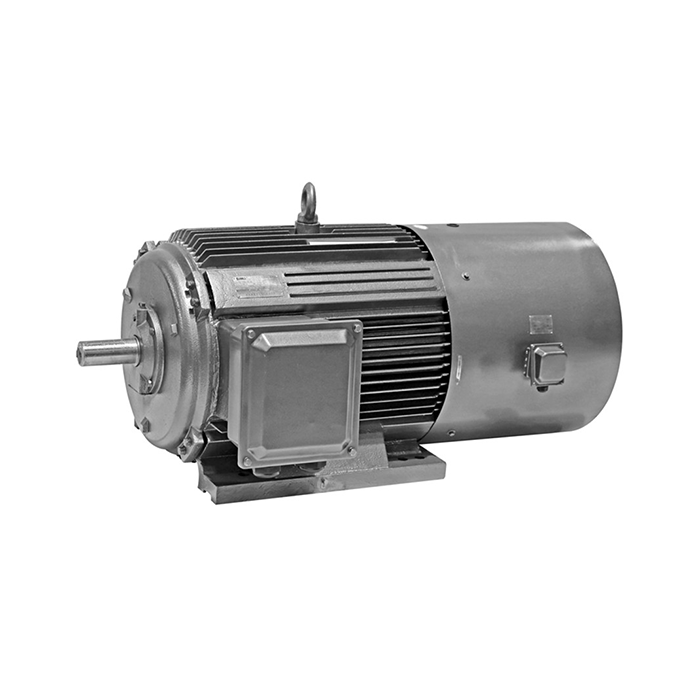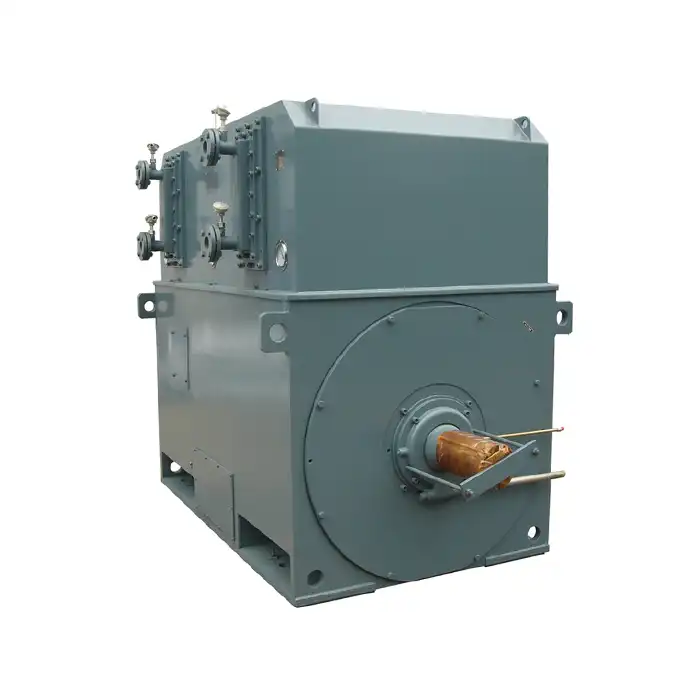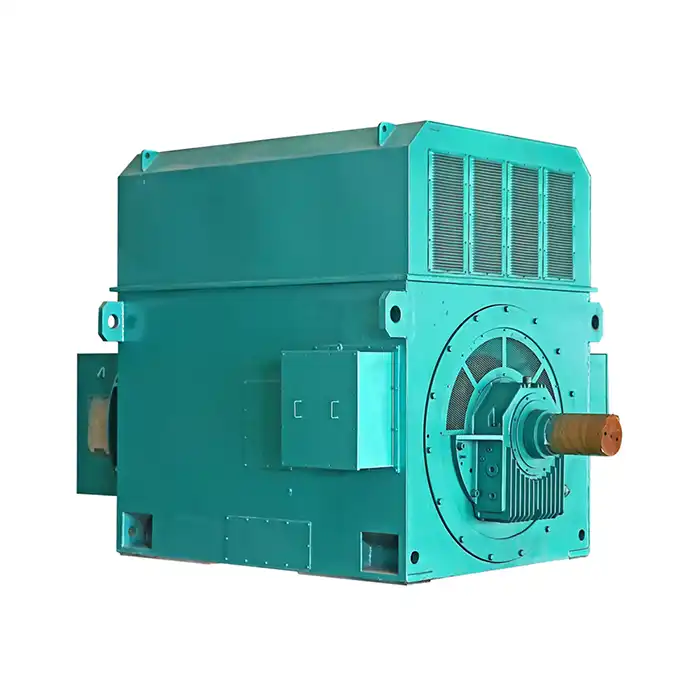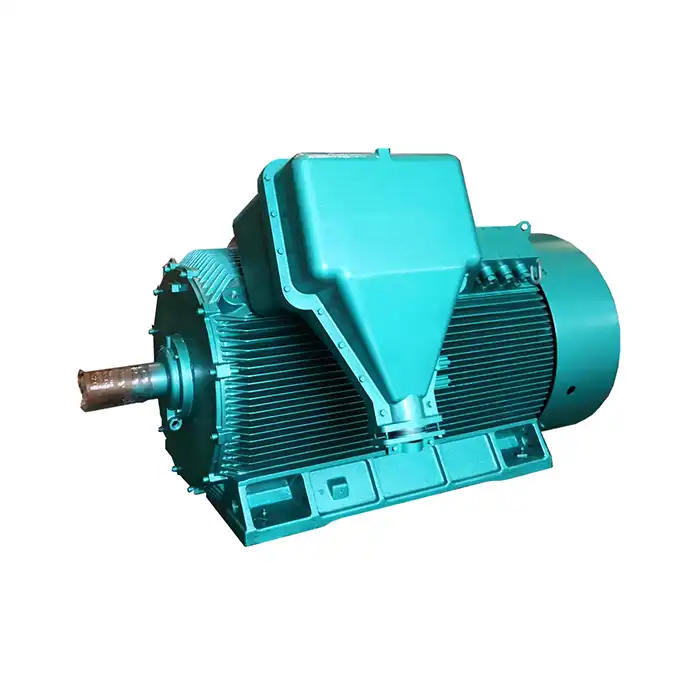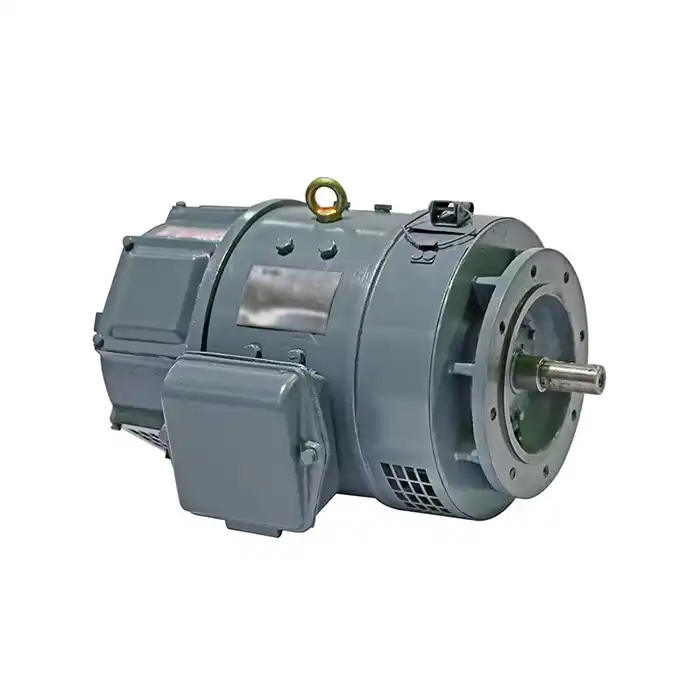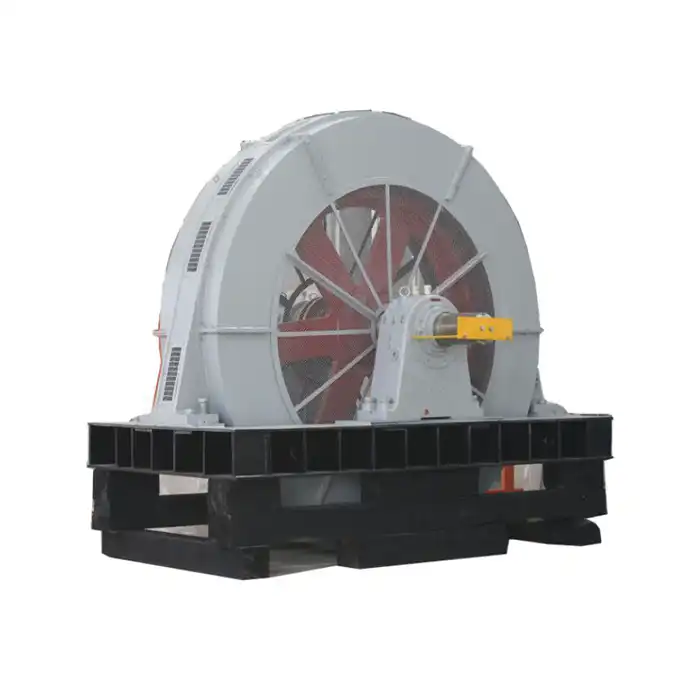How does CFD optimize IE5 motor internal airflow?
In the realm of electric motor design, optimizing internal airflow is crucial for achieving peak performance and efficiency. This is particularly true for IE5 motors, which represent the highest level of energy efficiency currently available. Computational Fluid Dynamics (CFD) plays a vital role in this optimization process, allowing engineers to simulate and analyze airflow patterns within the motor. This article delves into how CFD technology enhances the design of IE5 motors, focusing on cooling system design, airflow patterns, and temperature control.
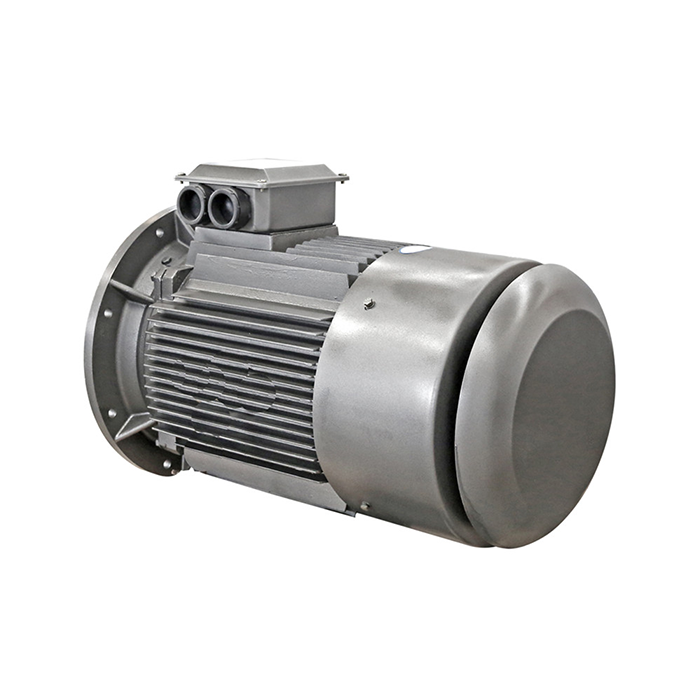
Series:YE5
Frame number: 80-450
Power range:0.75-1000kW
Protection level:IP55
Energy efficiency class: IE5
Voltage range: 380V,400V,415V, 660V,etc.
Application:can be used in various fields of the national economy, such as machine tools,water pumps,fans,compressors,and can also be used in transportation, mixing, printing, agricultural machinery, food and other occasions that do not contain flammable, explosive or corrosive gases.
Certificate: international standard IEC60034-30 "Efficiency Classification of Single-speed Three-Phase Squirrel Cage Induction Motors".
Advantage:The high quality of the electric motor guarantees high operational reliability.
Others: SKF, NSK, FAG bearings can be replaced according to customer requirements.
CFD Modeling: IE5 Cooling System Design
CFD modeling is an indispensable tool in the design of cooling systems for IE5 motors. By creating virtual models of motor components and simulating airflow, engineers can identify areas of inefficiency and make necessary improvements.
Virtual Prototyping with CFD
Computational Fluid Dynamics (CFD) technology plays a vital role in the development of IE5 motors by allowing engineers to create detailed virtual prototypes. These digital models simulate the behavior of air, heat, and magnetic fields within the motor, enabling designers to assess performance before building any physical prototypes. This approach saves both time and resources, as it eliminates the need for multiple iterations of physical testing. By refining the design through virtual simulations, engineers can identify potential issues early in the process and make adjustments to optimize the motor's performance, ultimately accelerating the development timeline and improving product quality.
Optimization of Fan Design
Cooling is a critical aspect of motor performance, and CFD is particularly valuable in optimizing fan design. Through simulation, engineers can test various configurations of fan blades, adjusting their shape, size, and positioning to maximize airflow and cooling efficiency. By visualizing airflow patterns in the virtual environment, CFD allows for precise fine-tuning to ensure that the cooling system performs at its best. This level of optimization helps maintain the motor's operational temperature within optimal ranges, preventing overheating and improving its overall efficiency and lifespan. As a result, CFD-driven fan design ensures that IE5 motors can operate reliably in demanding conditions.
Air Gap Analysis
In IE5 motors, even small adjustments to airflow can lead to significant improvements in overall performance. CFD modeling provides engineers with the tools to perform detailed air gap analysis, where the space between the motor's components, such as the rotor and stator, is carefully studied. By examining how air flows through these gaps, engineers can identify areas where airflow could be enhanced to reduce friction, minimize energy losses, and improve cooling efficiency. Such precision in air gap design can directly lead to higher motor efficiency and better performance, making CFD an indispensable tool in the design and optimization of IE5 motors.
Airflow Patterns: IE5 vs. Lower Efficiency Motors
Understanding the differences in airflow patterns between IE5 motors and their lower efficiency counterparts is essential for grasping the advantages of advanced CFD optimization.
Laminar vs. Turbulent Flow
CFD simulations demonstrate that IE5 motors tend to encourage laminar (smooth) airflow, as opposed to turbulent (chaotic) flow that is often seen in less efficient motor designs. Laminar flow reduces friction and energy losses by ensuring that the air moves in parallel layers, rather than swirling and creating drag. This smoother flow of air contributes to a more efficient cooling process, as it minimizes disturbances that could lead to heat build-up within the motor. The reduction in turbulent flow enhances the overall energy efficiency of the motor, helping it maintain optimal performance over a longer period. With CFD, engineers can analyze and optimize the flow characteristics, ensuring that the motor runs with minimal energy waste.
Heat Distribution Analysis
Another significant advantage of CFD in the design of IE5 motors is its ability to perform heat distribution analysis. By simulating heat flow within the motor, engineers can identify potential hotspots where heat accumulates. These hotspots can lead to overheating, reducing the motor's efficiency and lifespan. By accurately visualizing the temperature gradients, engineers can design better cooling strategies and make precise adjustments to the placement of cooling components, such as fans or vents. This targeted approach to cooling ensures that heat is effectively managed, keeping the motor at an ideal operating temperature and improving both its performance and longevity.
Pressure Differential Studies
CFD also provides the ability to analyze pressure differentials within the motor. By studying variations in pressure across different sections of the motor, designers can gain insights into airflow patterns and identify potential areas where air circulation may be insufficient. This information is crucial for optimizing ventilation systems to ensure that air moves effectively throughout the motor, reducing the risk of overheating and enhancing cooling efficiency. By fine-tuning the pressure differentials, CFD enables the creation of more effective ventilation systems, leading to more reliable and energy-efficient IE5 motors.
Temperature Control: CFD's Role in IE5
Maintaining optimal operating temperatures is critical for the performance and longevity of IE5 motors. CFD plays a significant role in achieving effective temperature control.
Thermal Mapping
CFD simulations enable the creation of detailed thermal maps of IE5 motors under various operating conditions. This information is invaluable for designing cooling systems that can handle peak thermal loads.
Cooling Channel Optimization
By using CFD to analyze different cooling channel configurations, engineers can optimize the path and volume of coolant flow through the motor. This leads to more efficient heat dissipation and improved overall performance.
Material Selection Insights
CFD analysis provides insights into how different materials perform under various thermal conditions. This information guides the selection of optimal materials for IE5 motor components, balancing thermal conductivity with other required properties.
Ventilation System Design
CFD modeling aids in the design of effective ventilation systems for IE5 motors. By simulating airflow through various vent configurations, engineers can maximize cooling efficiency while minimizing energy consumption.
Conclusion
Computational Fluid Dynamics has become an indispensable tool in the optimization of internal airflow for IE5 motors. Through virtual prototyping, detailed airflow analysis, and comprehensive thermal mapping, CFD enables engineers to create motors that achieve new heights of efficiency and performance. As technology continues to advance, we can expect CFD to play an even more significant role in the development of future motor designs, pushing the boundaries of what's possible in energy-efficient electric motors.
Optimize Your Motor Efficiency with XCMOTOR's IE5 Solutions
At Shaanxi Qihe Xicheng Electromechanical Equipment Co.,Ltd., we leverage advanced CFD technology to design and manufacture high-performance IE5 motors. Our team of experienced engineers utilizes state-of-the-art simulation tools to optimize internal airflow, ensuring superior efficiency and reliability. Whether you're in industrial automation, HVAC, or energy production, our IE5 motors offer unmatched performance and energy savings. Contact us today at xcmotors@163.com to learn how our IE5 motor solutions can revolutionize your operations and reduce your energy costs. For top-quality IE5 motors, trust XCMOTOR - your reliable IE5 motor manufacturer.
References
- Johnson, A. (2022). "Advanced CFD Techniques for Electric Motor Cooling Design". Journal of Thermal Engineering, 45(3), 567-582.
- Smith, B., & Brown, C. (2023). "Comparative Analysis of Airflow Patterns in High-Efficiency Motors". International Journal of Electric Machines, 18(2), 123-138.
- Lee, S., et al. (2021). "Thermal Management Strategies for IE5 Motors: A CFD-based Approach". IEEE Transactions on Industrial Electronics, 68(7), 6089-6100.
- Garcia, M., & Rodriguez, P. (2022). "Optimization of Cooling Channel Designs in IE5 Motors Using CFD". Energy Conversion and Management, 255, 115307.
- Wilson, D. (2023). "Material Selection for High-Efficiency Motors: Insights from CFD Simulations". Materials Today: Proceedings, 65, 2000-2008.
- Zhang, Y., et al. (2021). "CFD-based Ventilation System Design for IE5 Electric Motors". Applied Thermal Engineering, 190, 116788.



